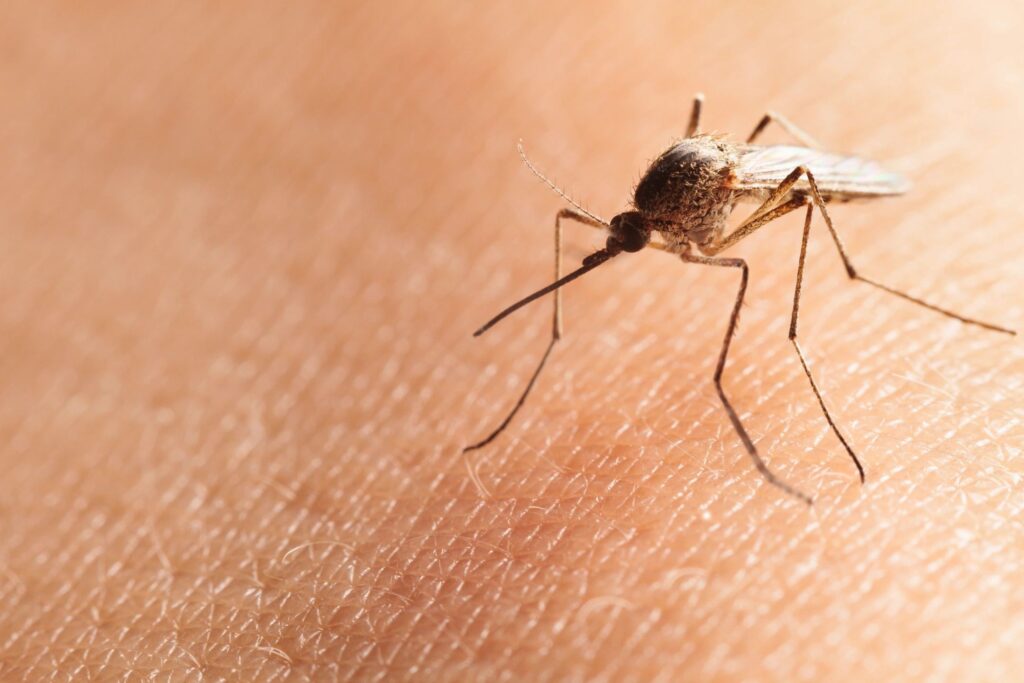The Importance Of Proactive Pest Management
In today’s fast-paced world, distractions often cause us to overlook looming threats that can invade our personal spaces—threats like household pests. Engaging in proactive pest management transcends merely eradicating visible pests. It’s about creating a defense mechanism that fortifies your property against potential infestations, thus ensuring long-lasting peace and safety for occupants.
Delaying pest control measures can increase the risk of significant damage. This preventive approach helps mitigate health risks such as allergies and disease transmission and safeguarding against structural harm pests can cause over time. For example, termites can inflict severe damage to the infrastructure by weakening wooden supports, underscoring the importance of addressing potential issues before they escalate.
Understanding Pest Behavior
Understanding pests’ behavioral patterns and lifecycles is key to efficient pest management. When you consider the implications, it’s clear that effective pest control practices like Asheville pest control are paramount in maintaining both a hygienic and a safe one. Pests operate based on predictable patterns influenced by seasons and climate. Knowing that rodents often seek shelter indoors during colder months helps homeowners and businesses prepare adequately to prevent unwelcome invasions. A strategic approach informed by insights into pest behavior enables timely interventions, reducing the likelihood of infestations occurring in the first place.
For instance, recognizing signs such as droppings or gnaw marks can prompt early action. Furthermore, staying informed about seasonal shifts that dictate pest behavior allows property owners to tailor their pest control strategies accordingly. Knowledge is power when understanding how pests operate, making it easier to anticipate and counteract their moves effectively when temperatures drop.
Natural Pest Control Solutions
As environmental concerns continue to grow, many people are exploring natural pest control methods. Unlike traditional methods, which often rely on chemicals, natural solutions use everyday items to repel pests. These methods can be surprisingly effective when applied correctly. For example, essential oils such as peppermint have become commonly used deterrents due to their firm, unappealing scent to rodents and insects. However, for more severe infestations, consulting an Asheville NC exterminator can provide comprehensive solutions that combine traditional techniques with eco-friendly practices, ensuring a balanced approach to pest management. Natural remedies are appreciated for their minimal environmental impact, appealing to homeowners who wish to reduce their carbon footprint. Simple solutions like vinegar mixed with water can adequately clean surfaces and deter ants. Moreover, these methods are safe for children and pets, offering peace of mind that more aggressive methods might lack. As awareness of environmental sustainability grows, more people will likely turn to these eco-friendly options, making them an integral component of effective pest management strategies.
Embracing Technology In Pest Control
Technology continually pushes the boundaries of what’s possible in pest management. The field is becoming increasingly sophisticated, from advanced drones utilized for surveillance to AI-driven monitoring systems that trigger alerts upon detecting pest movements. These technologies enhance accuracy and ensure swift responses to emerging threats before they escalate.
Innovations like clever traps with sensors provide real-time data, allowing for more informed decision-making. These cutting-edge solutions represent a significant leap forward in combating infestations on a much larger scale. Employing technology in pest control allows for targeted action, reducing the need for blanket pesticide applications and subsequently lessening environmental impact. As highlighted by a recent study, implementing such technologies is revolutionizing our ability to maintain pest-free environments with precision and efficiency.
Common Pest Challenges In Urban Areas
Urban landscapes are not immune to pest problems; they often exacerbate them. High population densities, coupled with the myriad of available resources in the form of waste and hiding spots, create breeding grounds for pests. Urban environments uniquely attract pests like cockroaches and rats due to the abundance of both shelter and food sources.
Addressing pest issues in such densely populated areas requires a nuanced approach. Urban pest control must often incorporate large-scale sanitation and infrastructure management to reduce habitats conducive to pest breeding. Implementing provider-wide awareness campaigns can educate citizens on identifying potential issues early, thereby integrating community efforts with pest control strategies. Understanding these urban-specific challenges is vital for effectively formulating tailored approaches to curb pest populations within city limits.
Pest Management In Agriculture
Agricultural settings face unique challenges when it comes to pest control. Effective pest management protects crops, maintains yield, and ensures food security. This involves using Integrated Pest Management (IPM) practices that combine biological controls, such as beneficial insects, with strategic chemical applications to maintain a healthy balance.
The goal within agriculture is not to eradicate pests but to manage them at levels that minimize economic loss and harm to the environment. Continuing research and innovation in IPM strategies aim to enhance sustainability. Agricultural sectors worldwide are adopting these practices, leading to healthier crops and reduced reliance on chemical pesticides, ultimately benefiting consumer health and environmental conservation.
Future Trends In Pest Management
As we look to the future, pest management is set to evolve in line with technological and environmental advancements. Emerging trends indicate a shift toward integrating AI and IoT devices, resulting in more proactive monitoring and data-driven decision-making concerning pest populations. These advancements promise to make pest management more efficient and less intrusive.
Furthermore, a growing movement is toward developing environmentally safe pesticides that target specific pests while minimizing collateral damage to non-target species and the ecosystem. As global awareness of climate change and biodiversity increases, pest management practices must keep pace, ensuring they contribute toward sustainable development goals. These forward-thinking trends ensure we remain ahead of pest challenges, fostering safe and pest-free environments.

